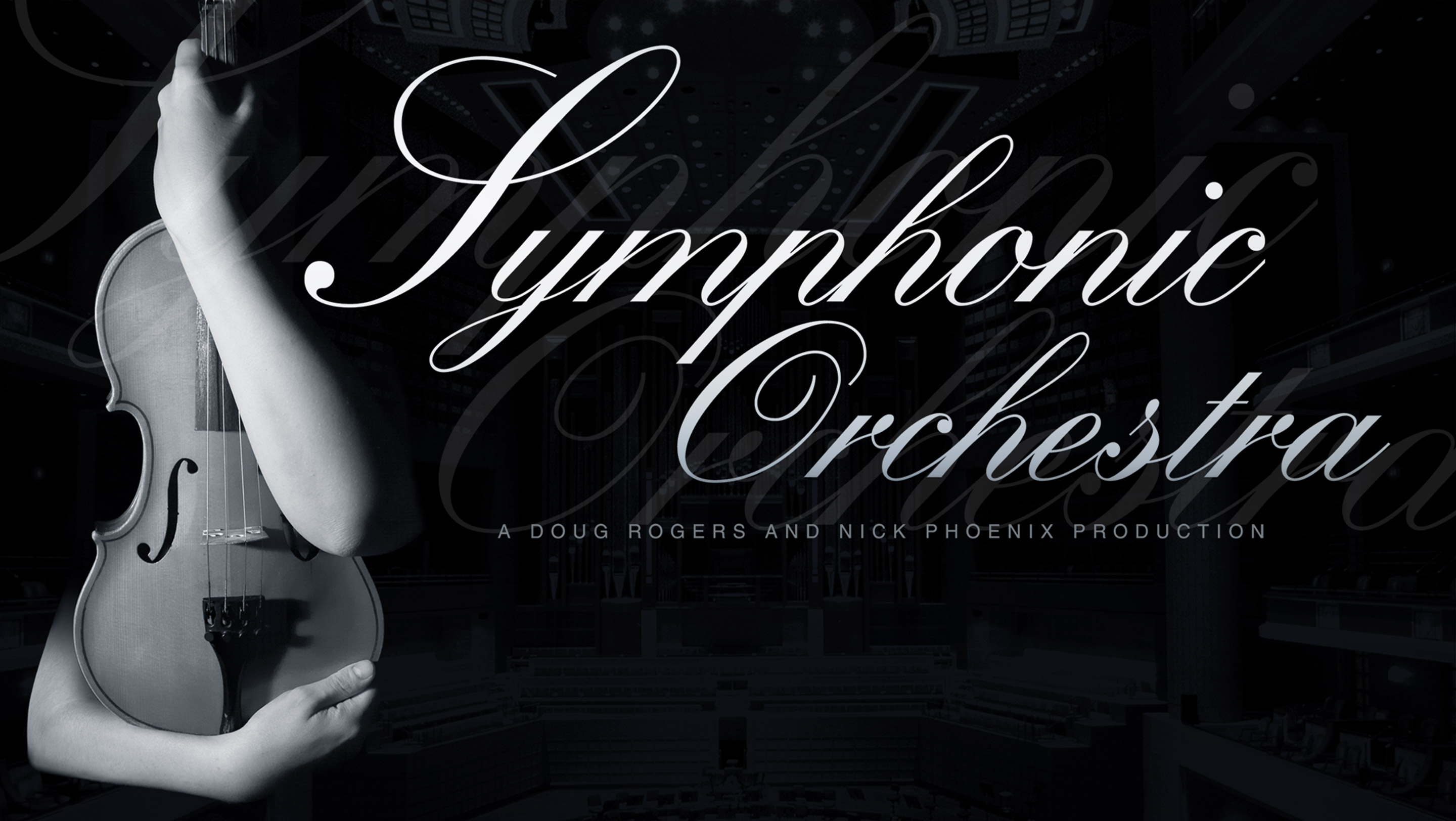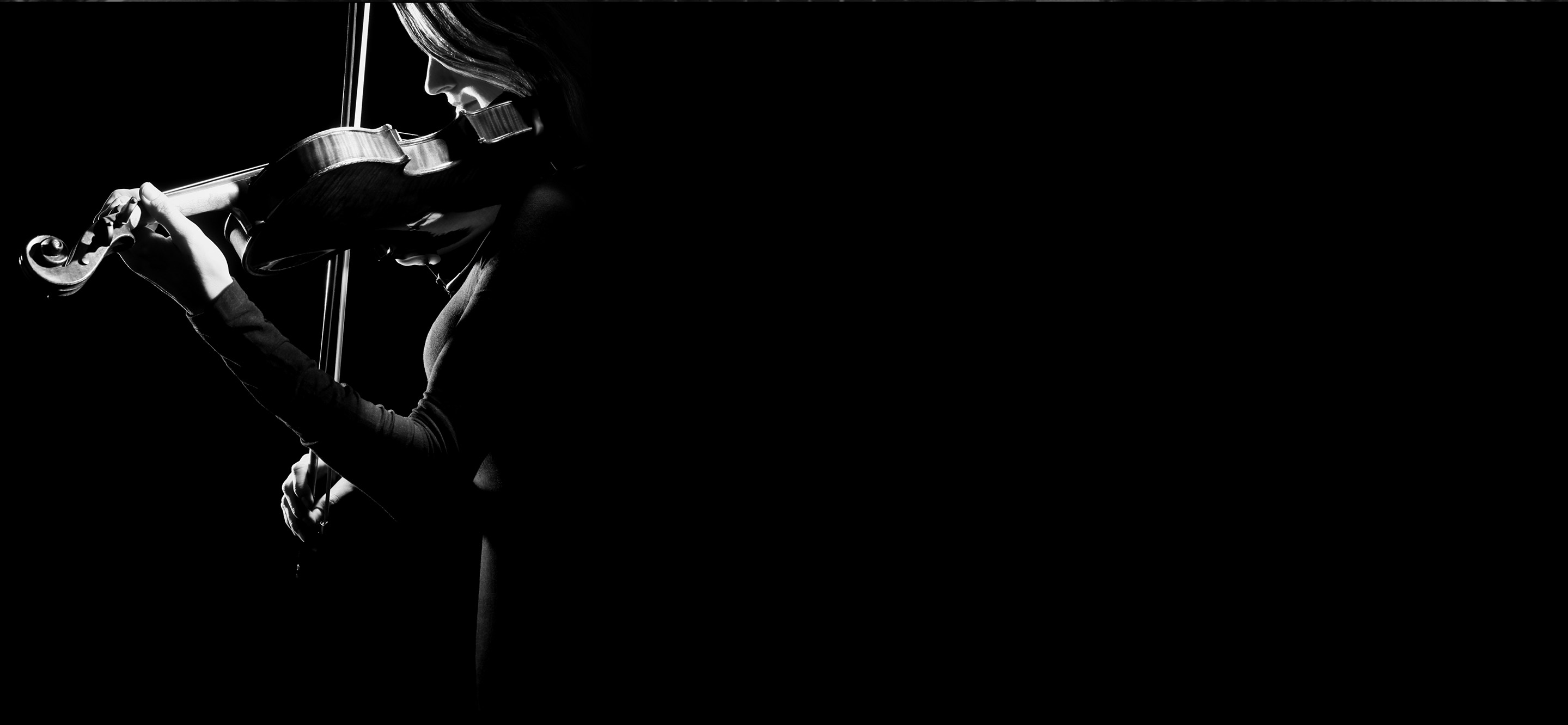Share
EastWest Symphonic Orchestra Platinum Edition
EastWest Symphonic Orchestra Platinum Edition
Couldn't load pickup availability
MULTI-AWARD-WINNING COLLECTION OF
ORCHESTRAL FAVORITES

- The best-selling and most awarded orchestral collection ever created
- Created by award-winning sounds producers Doug Rogers and Nick Phoenix and recorded by Grammy-nominated classical recording engineer Prof. Keith O. Johnson
- Intelligent Performance section including Portamento, Repetition, Legato, and Round Robin Reset
- Intelligent release trail engine that automatically follows the volume of note-on velocities
- Over 124GB of material
- All instruments sampled with close, stage, and surround mics

ORCHESTRAL FAVORITES
Recorded by 11-time Grammy nominated classical recording engineer Prof. Keith O. Johnson, the EASTWEST/QUANTUM LEAP SYMPHONIC ORCHESTRA was honored with Sound On Sound's Reader's Choice Award an unprecedented 3-times, and the very first orchestral collection to be recorded in a "state of the art" concert hall where orchestras mainly perform. Every detail of the recording hall is captured with incredible precision and detail, adding realism and shimmer to every note. You can create convincing orchestral performances with very little time and effort, and the natural ambience will make it feel as though the instruments are playing back live.
COMPLETE CONTROL OVER YOUR ORCHESTRA
To achieve the feel of a live concert hall performance, each instrument and section was recorded with three mic positions: close, stage (conductor‘s position) and hall. By selecting different mic positions, you can mix these sounds together to create virtually any placement or level of depth desired. This all but eliminates the need for artificial reverb, drastically cutting down on the amount of time you spend getting your ambience settings just right. Every major adjustable feature can be controlled from a single interface, including reverb, mic positions, filtering, and section volume. If you’re looking for warmth and the ability to easily manipulate nearly any aspect of the instruments’ performances to your heart’s content, Symphonic Orchestra gives you every tool you need in one place.
STRINGS
Strings - Expressive, buttery and incredibly smooth, the strings shine when you need to capture delicacy and inner strength. They’re more than potent enough when you need to add some heat to your productions, but they’re at their best when they have room to breathe and you gently ride the expression (CC11).

String Instruments Include:
- 18 Violins • 11 Violins • 10 Violas •10 Cellos • 9 Double Basses
- 4 Violins • 3 Cellos • Solo Violin • Solo Viola • Solo Cello
- Solo Contrabass • Harp • Harpsichord • Large String Ensembles
BRASS
Brass - Dynamic, bright, and bold, you can use the brass section to pump up the strongest moments with trumpet and trombone marcato, crescendos, and fortepianos. For softer, more lyrical moments, the French horns will become your best friend. And when you’re looking to create either whimsy or absolute terror, the Wagner tubas will lay all the groundwork you need.
Brass Instruments Include:
- 2 Trumpets • 4 Trumpets • 6 French Horns • 4 Trombones
- 4 Wagner Tubas • Solo Trumpet 1 • Solo Trumpet 2 • Solo Piccolo Trumpet
- Solo French Horn • Solo Trombone • Solo Tuba
WOODWINDS
No section of the orchestra has such a diverse set of tone colors as the woodwinds, and they’re all subtle enough that they blend extremely well with the string section (they can also double the brass, but in a live setting, the brass section often overpowers the woodwinds). They’re best suited to woodwind ensemble passages and thickening up key moments in the strings and brass.
Woodwind Instruments Include:
- 3 Flutes • 3 Oboes • 3 Clarinets • Solo Flute • Solo Alto Flute
- Solo Piccolo Flute • Solo Oboe • Solo English Horn 1 • Solo English Horn 2
- Solo Clarinet • Solo Bass Clarinet • Solo Bassoon • Solo Contrabassoon
PERCUSSION
All the odds and ends you can ask for in drums, metals, woods, cymbals, and gongs. From bombastic bass drums and huge timpani rolls to detailed auxiliary percussion like crotales, chimes and steel plates, you can cover virtually all your orchestral percussion with this one section.
Percussion Instruments Include:
- 3 Snares • 5 Concert Toms • Concert Bass Drum • Wagner Bass Drum
- Field Ensemble • Field Funeral Tenor • Mahler Hammer • Roto Toms
- Snare Ensemble Large • Snare Ensemble Small • Taiko Drums • Anvils
- Artillery Shells • Bowed Crotales • Celesta • Crotales • Glockenspiel
- Hall Noise • Orchestral Chimes • Sleigh Bells • Steel Plates • Triangles
- Various Metals • Vibes • Waterphone • All Sticks • Castanets • Steinway B Piano • Guiro • Marimba • Puilli Sticks • Slap Sticks • Tambourine • Various Percussion • Washboard • Wind Machine • Woodblock Symphony • Xylophone
WHAT WILL YOU CREATE?
Spread across brass, percussion, strings, and woodwinds. Rather than building your perfect orchestra section by section, this library gives you access to all the instruments in one place, with an easy interface to optimize them for any score or song you’re working on. If you want to be prepared for any orchestral production challenge that comes your way, Symphonic Orchestra will equip you with more than everything you need.
SYSTEM
REQUIREMENTS
Below are the minimum and recommended hardware and software specifications for using Opus on Windows and MacOS systems.
|
MINIMUM SYSTEM
|
RECOMMENDED SYSTEM
|
The chart below outlines the MacOS and Windows 64-bit operating systems and sequencers that are officially supported and fully tested with the latest version of Opus. Please note that while most Sequencers / DAWs are VST 2, VST 3, AU and AAX plug-in format compatible, only those listed in the chart below are officially supported.
| Product | Version | MacOS (10.13+) | Windows 10 |
|---|---|---|---|
| EW Play 6 Stand-Alone | 6.0+ | YES | YES |
| EW Opus Stand-Alone | 1.0+ | YES | YES |
| Ableton Live | 10.0+ | YES | YES |
| Apple Logic Pro | 10.0+ | YES | - |
| Apple Garageband | 10.3+ | YES | - |
| Avid Pro Tools | 2018.1+ | YES | YES |
| Bitwig Studio | 3.0+ | YES | YES |
| Cockos Reaper | 6.0+ | YES | YES |
| Image-Line FL Studio | 20+ | YES | YES |
| Motu Digital Performer | 9.0+ | YES | YES |
| Steinberg Cubase(1) | 9.0+ | YES | YES |
| Steinberg Nuendo(1) | 8.0+ | YES | YES |
| Presonus Studio One | 4.0+ | YES | YES |
| VSL Vienna Ensemble Pro | 6.0+ | YES | YES |
| Notation Software(2) | Version | ||
|---|---|---|---|
| Avid Sibelius | 2018.1+ | YES | YES |
| MakeMusic Finale | 25.0+ | YES | YES |
| Steinberg Dorico | 3.0+ | YES | YES |
- (1) VST3 usage is recommended
- (2) Sibelius / Finale / Dorico notation programs work with Opus, but do not support the full feature set of some Opus/Play Libraries, such as those that use WordBuilder. Please contact support for details.


